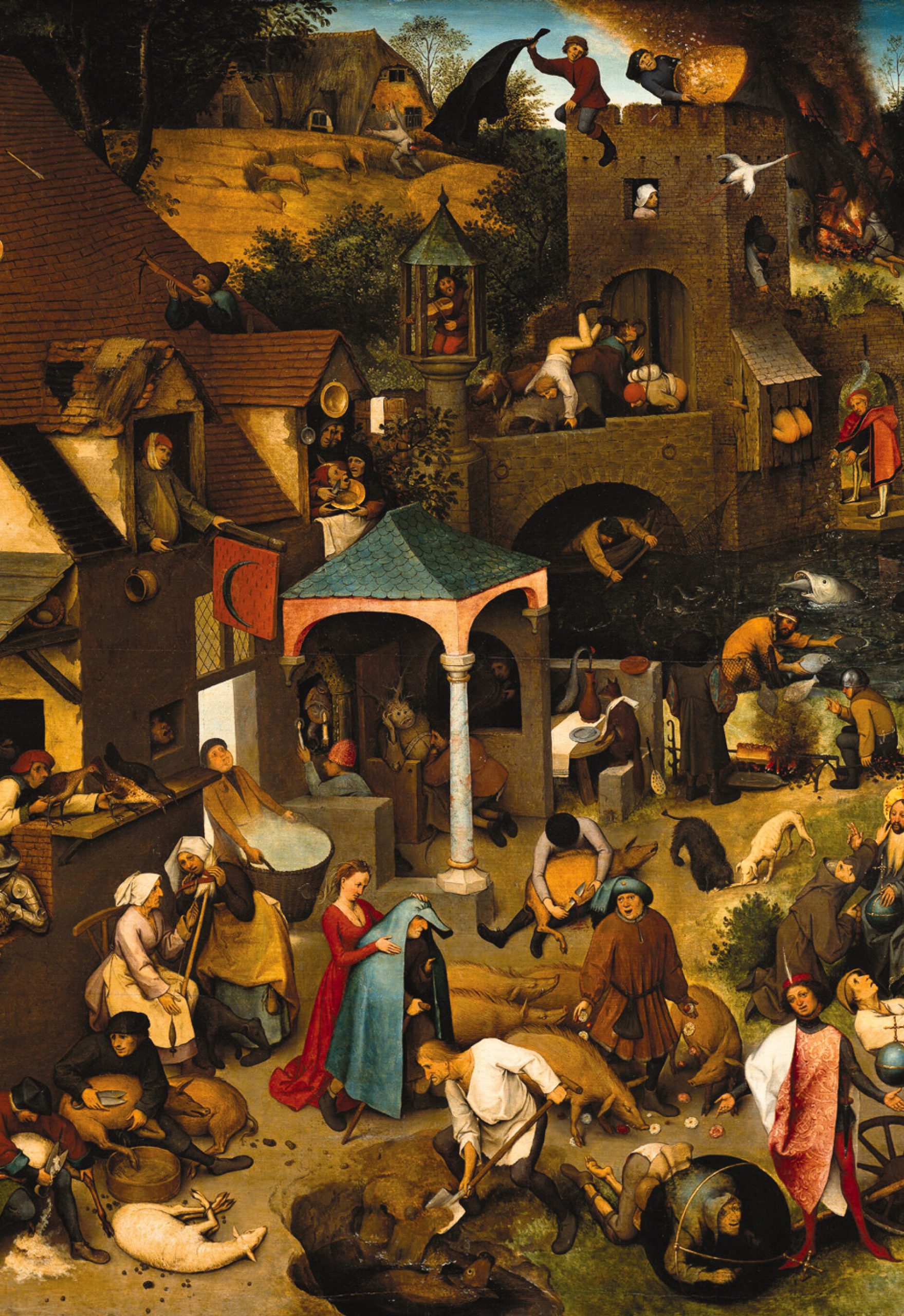
We are never quite sure who the Others are. Our daily collective realm is a blur of strangers, passersby, workers, shoppers, performers, merchants, dreamers, and the homeless, among many who shape the background of our everyday built environment. In the painting of The Dutch Proverbs, Pieter Bruegel the Elder illustrated a universe in which not only humans but also animals and objects share a space that highlights the absurdity, wickedness, and foolishness of the human condition in 1559 (Figure 1). Although Bruegel’s scene focuses on projecting the parody and irony of over a hundred Dutch idioms, there is a degree of indeterminacy between the depiction of the different figures and their context. His painting highlights how otherness can potentially be dissolved into a heterogeneous collective so that social categories are erased. To achieve this, a kaleidoscopic fabric of interwoven details leads to a misreading of the individuals’ outlines against the texture-mapped body of the collective plane, flattening the figures and the architecture into a single character: the group’s synergy.
Continue Reading:





